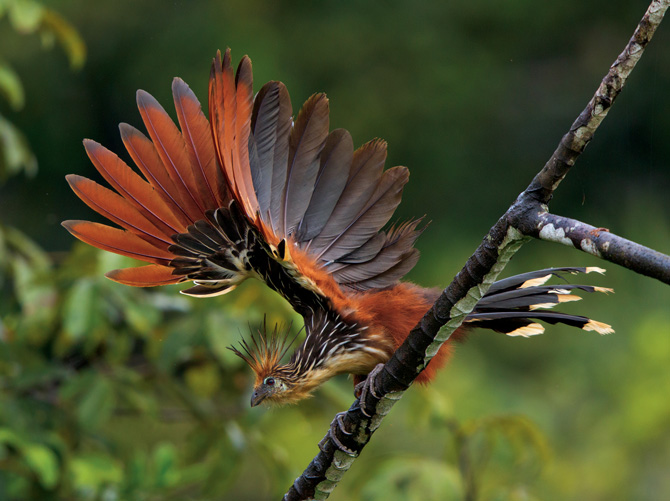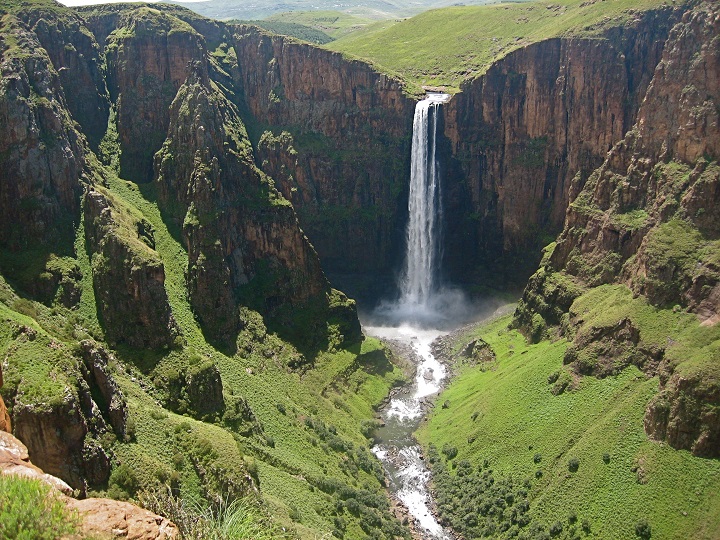Getting to Know Little Brother – Bhutan འབྲུག་རྒྱལ་ཁབ་
Somewhere to the east of India and the west of…ah…India, yet south of China and north of …that’s right…India; lies the kingdom of Bhutan. It is a small country when compared to its neighbours (one eighty fifth the size of India) but it practically monsters the last little brother we visited (It is one thousand eight hundred and twenty eight times larger than the island of Nauru). You could quite literally say this land is tucked away in the middle of the Himalayas. The land itself has very little lowland and that which is arable tends to be the fertile floors of valleys that dot the region. Still even in this difficult terrain, three quarters of a million people call the nation their home.
Bhutan was at one time a mere collection of feuding landlords. They were united by a lama who had fled Tibet in the early 17th century and his name – Shabdrung Ngawang Namgyal. It did not become a kingdom with a monarchy until 1907 coincidentally about the time the British ‘surveyed’ the region. Buddhism dominates the countries religious makeup with just a small fraction of Hindus to make up the numbers. The Buddhist philosophy has clearly influenced governmental decision making as Bhutan has officially adopted gross national happiness above GDP(gross domestic product) as the critical development indicator. But it’s not all smily faces…even when taking on that sunny outlook. From the 1980’s onward the Lhotsampa population (an east Nepali descended minority) began to take more significance politically. This led the ruling Bhutanese to expel and mistreat many thousands of them with many restricted to UN refugee camps in other nations. Their human rights record is far from squeaky clean. In 2008 they did take the positive political step of holding a general election and since last year the nation have had a prime minister.
The ‘Land of the Thunder Dragon’ has its national holiday on December the 17th and its national flag is dominated by the colours of yellow and orange with ‘Druk’ the dragon at its center. The orange represents Buddhism and yellow is the colour of the monarchy.
In relative terms it could be said that Bhutan is a fledgling nation. They are only really finding their position in the world. It remains to be seen how ‘connected’ they want to be or whether an insular existence suits them as well. Certainly their geography keeps them isolated but with one tv channel and only 6.5 percent of the population with access to the internet, it will be that which they can generate internally which will grow their economic strength. Their literacy rate is around 50% and this too limits communication internationally. The main economic driver is the hydroelectric potential they have and a power(electricity that is) hungry nation in India right next door. With two percent of the population unemployed it could be argued they are one of the busiest populations per capita (Germany 5.3% and Ireland a sickening 13.5% unemployment). Unfortunately that workload extends to 25,000 school age children. It is something that will have to change in a number of Asian countries.
When all is said and done, even the busy Bhutanese like to relax and with the national sport being archery you can be sure there are a few bands of merry men and women in the valleys of Bhutan. Soccer is also growing in popularity as is the subcontinents favourite game – cricket. Bhutan have been present at 8 summer Olympic games without returning with a medal. The list of nations without medals is longer than you would think with 73 countries still to register a place. With that in mind lets have a listen to what we would hear if Bhutan ever strikes gold.
Go Dragons!













Recent Comments